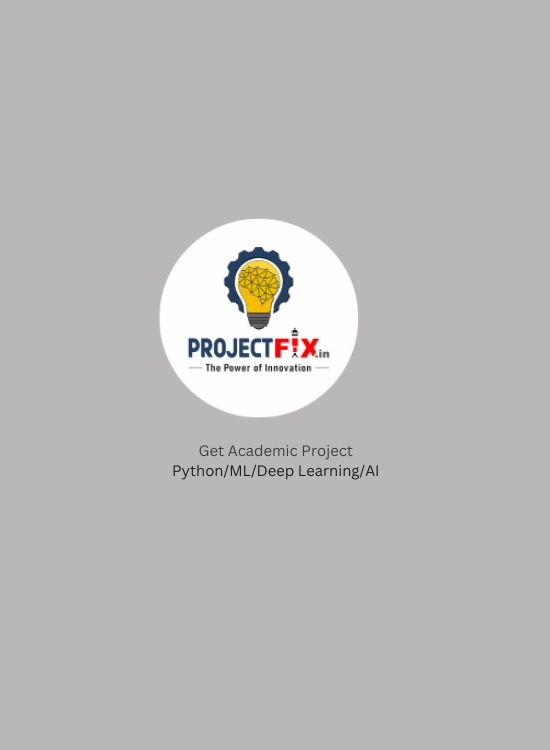Data Analytics Approach to the Cybercrime Underground Economy
Understanding and combating the cybercrime underground economy requires a multifaceted data analytics approach that integrates various techniques and sources of information. Here’s a concise overview of such an approach:
Visualization and Reporting: Communicate findings through intuitive visualizations and comprehensive reports that highlight trends, threat landscapes, and actionable insights for stakeholders such as law enforcement agencies, cybersecurity firms, and policymakers.
Overview
Understanding and combating the cybercrime underground economy requires a multifaceted data analytics approach that integrates various techniques and sources of information. Here’s a concise overview of such an approach:
Data Collection: Gather data from diverse sources such as dark web forums, marketplaces, social media, and open-source intelligence platforms. This includes scraping text-based forums for discussions on hacking tools, compromised data sales, and malware development.
Natural Language Processing (NLP): Utilize NLP techniques to extract meaningful insights from unstructured text data. This involves sentiment analysis to gauge the popularity and trustworthiness of sellers, entity recognition to identify key actors, and topic modeling to understand prevalent discussion themes.
Network Analysis: Construct and analyze networks of relationships between actors (hackers, buyers, sellers) and entities (websites, malware variants). Network metrics like centrality and clustering can reveal influential actors and communities within the underground economy.
Machine Learning for Anomaly Detection: Develop models to detect anomalous patterns such as sudden spikes in illegal transactions, changes in pricing for illicit goods, or shifts in discussion topics indicative of emerging threats.
Geospatial Analysis: Overlaying geographic data can provide insights into the global distribution of cybercriminal activities, hotspots of hacking incidents, and regional variations in attack vectors.
Behavioral Analytics: Track and analyze behavioral patterns of cybercriminals to anticipate their tactics and modus operandi. This includes monitoring changes in tactics in response to law enforcement actions or security measures.
Visualization and Reporting: Communicate findings through intuitive visualizations and comprehensive reports that highlight trends, threat landscapes, and actionable insights for stakeholders such as law enforcement agencies, cybersecurity firms, and policymakers.
By employing these data analytics techniques, law enforcement and cybersecurity professionals can gain deeper insights into the cybercrime underground economy. This holistic approach not only enhances understanding of cyber threats but also facilitates proactive measures to mitigate risks and disrupt criminal activities effectively.



